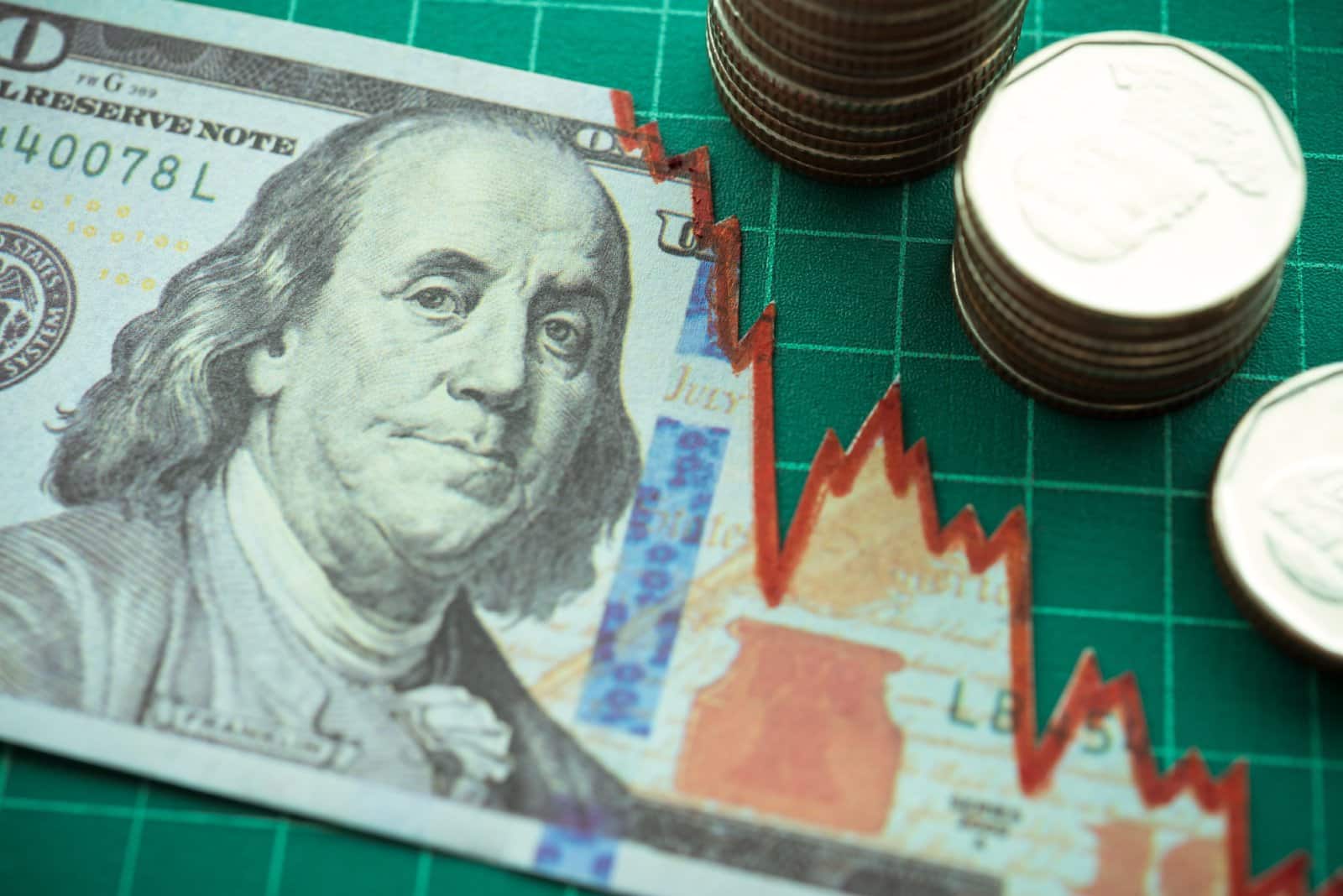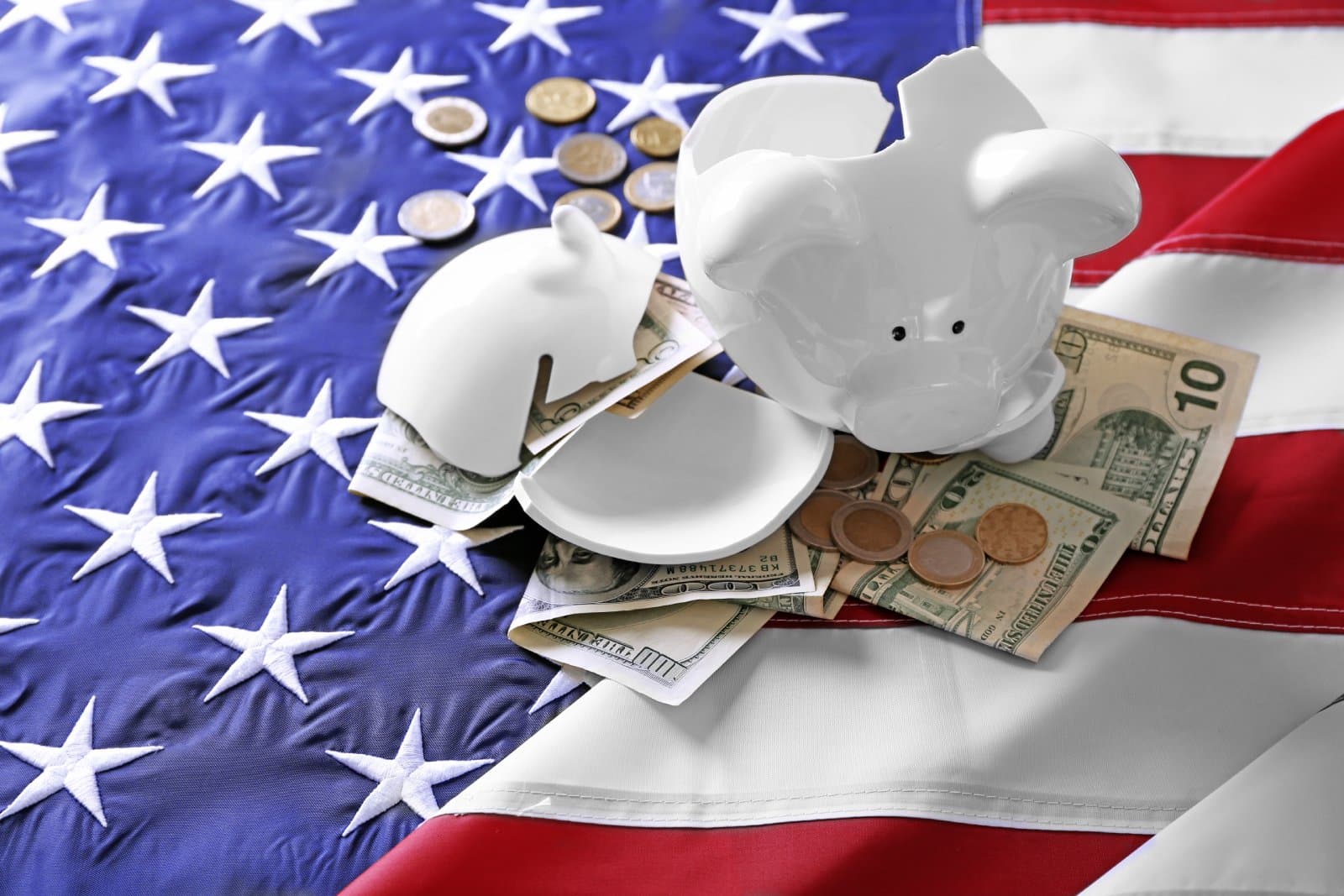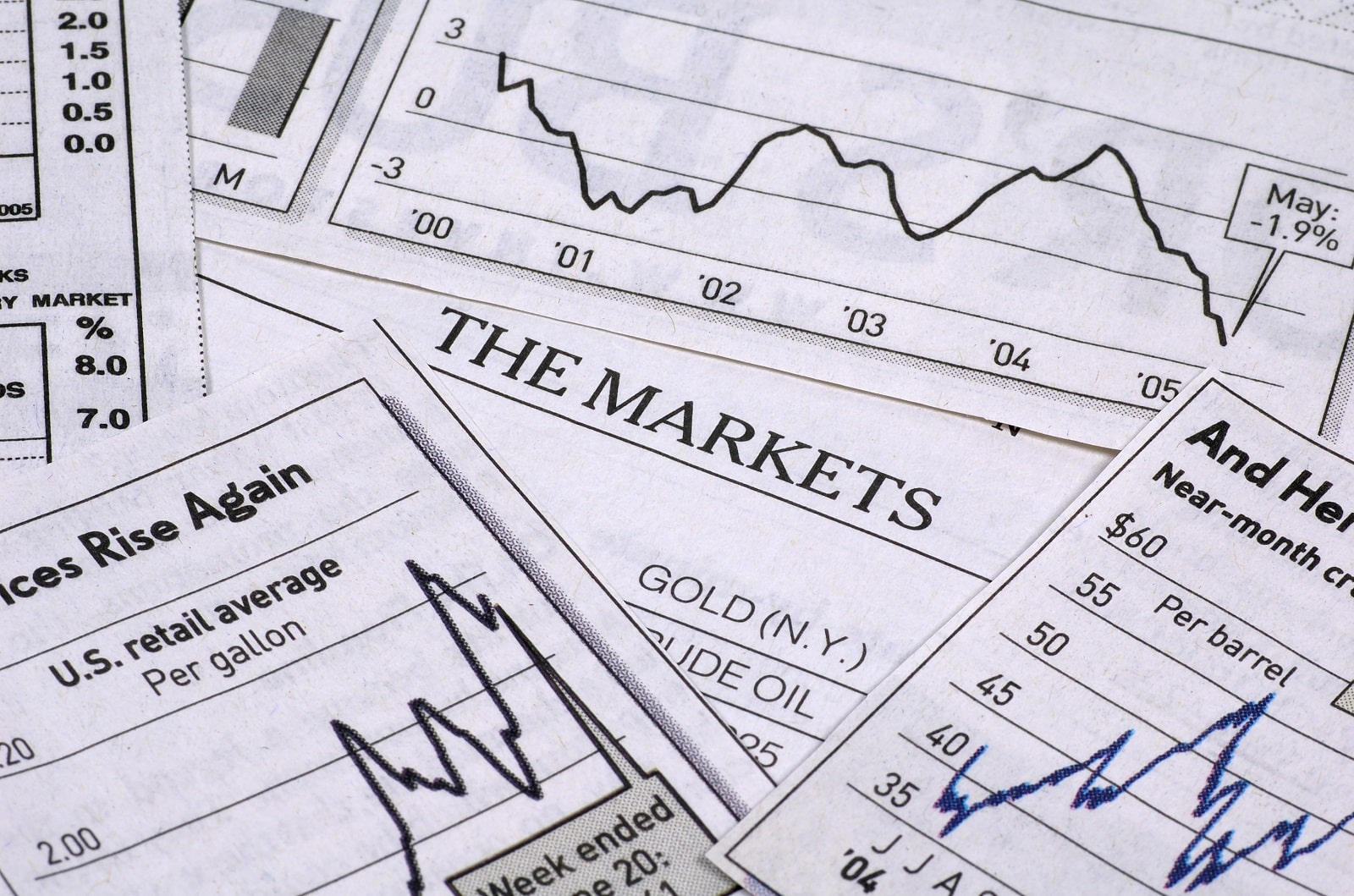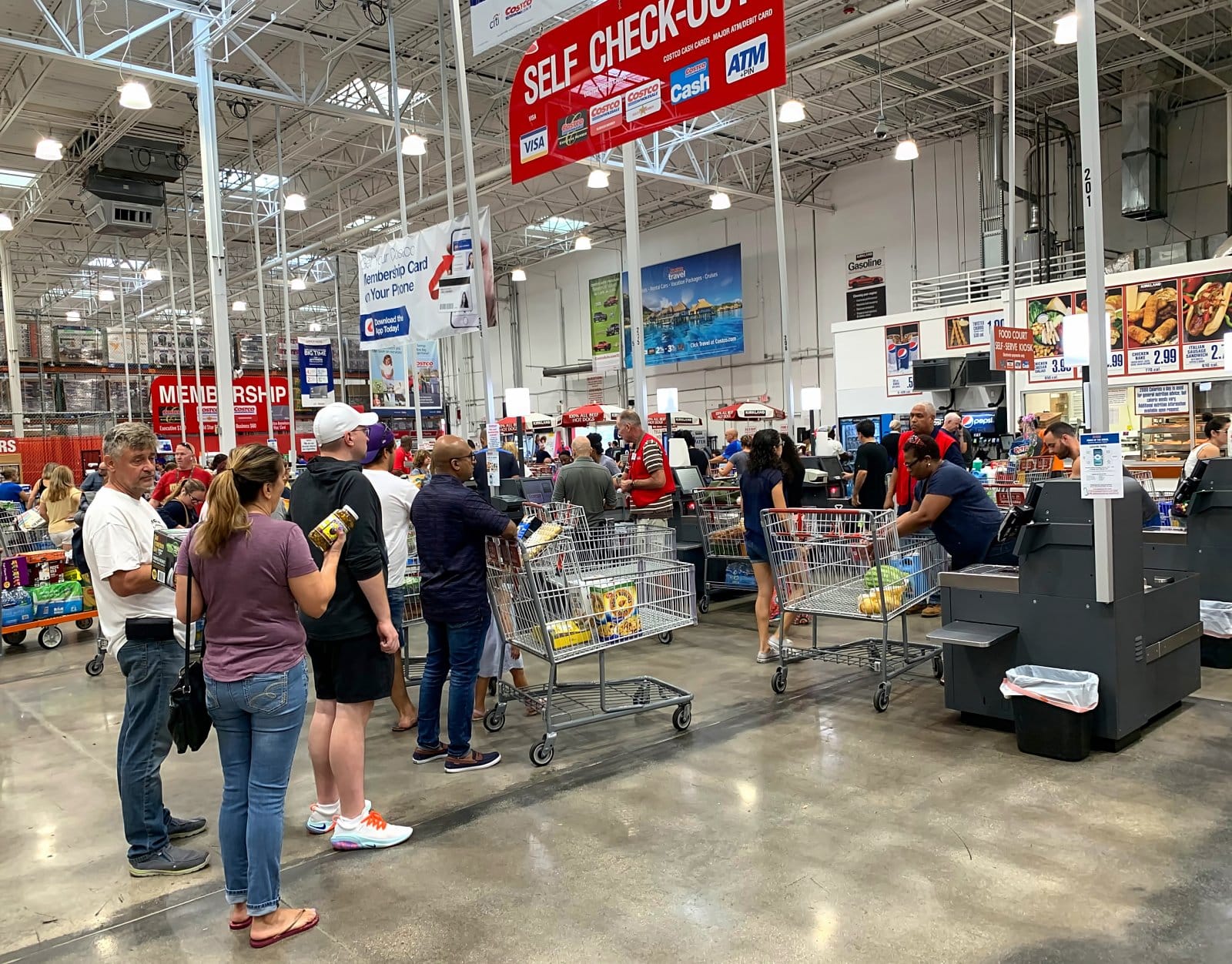As everyday consumers find themselves with less and less money at the end of each month, a number of different factors are combining to make saving money more and more difficult. Here’s the full story.
Less Money, More Problems

It should be abundantly clear to all but the very wealthiest in our society that money is not worth quite what it was.
Since the pandemic, several factors have combined to create a perfect storm that causes the cash in your pocket to lose value.
Consumers’ purchasing power is historically low, reshaping everyday Americans’ financial stability.
The Rocky Road to Financial Stability

A trove of think pieces, financial gurus, and money-saving experts have emerged to capitalize on this recent economic downturn, offering ways to make your money work harder for you, often with dubious results.
Bad News

However, there is only so much any person, family, or household can do before you start to feel the pinch. Here are four reasons your money is worth even less than you thought.
1. Inflation

Inflation refers to the rate at which the cost of general goods and services increases within an economy.
The good news is that inflation has fallen significantly since June 2022, following the end of most pandemic restrictions.
The bad news is that inflation in June 2022 was at a forty-year high.
Higher and Higher

This high level of inflation means that many of the prices of everyday goods and services across the country are still astronomically high compared to what they would have cost pre-pandemic.
Moderate to Severe

While governments consider moderate inflation rates beneficial for a country’s economy, high rates like the current ones can lead to severe problems.
Spend Money to Lose Money

Though improving slightly, the current inflation levels are one of the many reasons that everything from the cost of eggs to fuel to a holiday abroad is creeping ever upward, reducing the value of the money in your pocket.
2. Shrinkflation

Your mind is not playing tricks on you; that candy bar you bought from the store really used to be bigger than it is now.
This insidious trend is called shrinkflation, a tactic many businesses employ to offset their rising production costs by reducing product sizes while keeping the price the same.
Corporate Gaslighting

Unsurprisingly, this corporate gaslighting further chips away at the consumer’s purchasing power by giving them fewer products for the same price.
Consumers are increasingly getting less for their money, from fewer chips and more air in a packet of snacks to fewer sheets on a roll of toilet paper.
Working Hard for the Money

While many corporations justify shrinkflation as a response to inflationary pressures, consumers still need to be convinced, with most of us feeling short-changed, especially when we have to work harder to make our money last longer.
3. Greedflation

Much more contentious than shrinkflation, greedflation is a trend many corporations and businesses will swear does not exist.
Greedflation is businesses’ excessive hiking of prices to bolster profits while using inflation as an excuse for price rises.
Worst Kept Secret

Many economists say this cunning tactic is having a significant impact on global rates of inflation.
A surge in profits from many companies, from energy providers to retailers, would suggest that this tactic is used by companies much more commonly than they are letting on.
Looking Out for Number One

In a time of historically high inflation, consumers are being taken for a ride by companies looking after their balance sheets.
4. High Rent

Sky high rent prices, a substantial part of many consumers’ expenses, refuse to drop.
Recent studies have found that for an employee working forty hours a week on the national minimum wage, there are no major cities in America where rent is affordable.
Do Not Pass Go

Unfortunately for all who need to participate in the economy, high rental costs increase overall inflation, which brings us right back to the first topic in this article.
Do Not Collect $200

This catch-22 of economic pressure further reduces the value of money for consumers, who consistently bear the brunt of the ever-escalating rental prices and all the other trends that conspire to make their money worth less.
From Bad to Worse

Amid these many economic challenges, unfortunate consumers find themselves attempting to navigate a landscape where market forces far beyond their control are influencing the value of their money, and all too often, not in a beneficial way.
At the Mercy of the Market

From decisions made by greedy corporations to supply chain disruptions, such as the ongoing geopolitical crises, many factors combine to reduce the spending power available to consumers, all while the actual money they take home each month remains the same. Ultimately, consumers find themselves at the mercy of these market dynamics.
Weathering the Storm

Unfortunately, there is no catch-all, one-stop solution to the ongoing problems faced by many who are finding it harder and harder each month to get by. However, some things can help.
Spending More for Less

Exploring alternatives can help mitigate the impact of ever-increasing costs.
While paying attention to product sizes and unit prices can save consumers money by allowing them to make informed decisions amid the prevalence of shrinkflation, that does not change the fact that they will undoubtedly still be taking home less in their shopping carts after each trip to the store.
Government Inaction

Unfortunately, the government seems to be powerless in the face of greedflation, a tactic that many corporations still insist doesn’t exist but does not stop its effects hitting our wallets.
Until action is taken on any of the many issues leading to our money being worth less, it seems we all have no choice but to tighten our belts.
The post Financial Struggles Mount: Four Reasons Money Is Worth Less first appeared on Swift Feed.
Featured Image Credit: Shutterstock / Denys Kurbatov.
The content of this article is for informational purposes only and does not constitute or replace professional financial advice.

